
Naming Our Desire: How Do We Talk About Socialism in America?
The millennial embrace of socialism has allowed a new generation to draw inspiration from a long legacy of struggle.
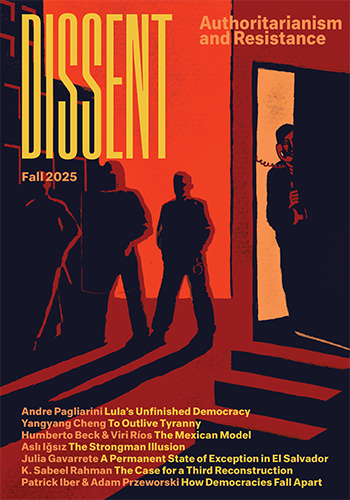

The millennial embrace of socialism has allowed a new generation to draw inspiration from a long legacy of struggle.
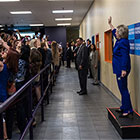
How “There Is No Alternative” gave us Donald Trump.
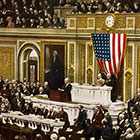
The American surveillance state was launched 100 years ago during the First World War, primarily to spy on and indict U.S. citizens who protested the war and the draft.
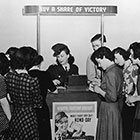
During the Second World War, the United States had a centrally planned economy—and the most rapid economic growth in U.S. history. What lessons can we take from the war economy today?

In a country of 6 million, there are now 250,000 migrant domestic workers laboring under the oppressive kafala system. Can a new union help transform conditions not just in Lebanon, but across the Middle East?

Stephen Kinzer is one of the few mainstream voices reminding Americans of our imperial identity. In The True Flag, he takes us back to where he thinks it all began—1898, when the U.S. political class pushed off on the quest for global domination.

Chris Hayes’s A Colony in a Nation seeks to elevate the Movement for Black Lives by placing it on a par with the American Revolution, but his analysis carries troubling implications.
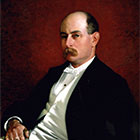
How the “Boston Brahmins” of the late nineteenth century laid the foundations for modern American capitalism.
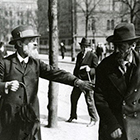
No regime identifying with Bolshevism has led to anything that can be called “liberation,” as early left-wing critics like Julius Martov and Rosa Luxemburg foresaw.

In Russia, the legacy of the October Revolution is the most forgotten, the most ignored, and the most paradoxical of all.

It was just a three-sentence letter, written 100 years ago—and many claim it’s still shaping the Middle East. But we should be careful about what we read into the Balfour Declaration.

South Korea’s Candlelight Revolution was the culmination of a sustained protest movement that brought out over 16 million people—almost a third of the country’s population.

As American workers face down the national right-to-work regime threatened by Janus v. AFSCME, the Wagner Act’s vision of workplace democracy bears revisiting.

Why the titans of Silicon Valley—long tied to the Democrats—have been warming up to Trumpism.

Remembering Freddie Gray, 1989–2015.